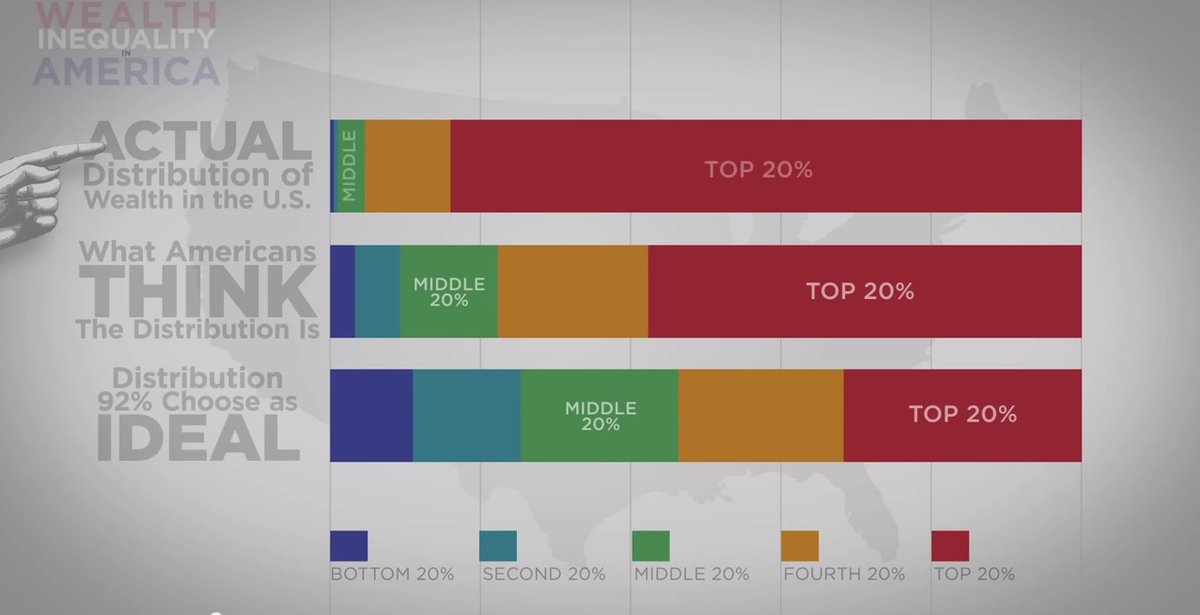Wandering Monk
Well-Known Member
So in your opinion, are global suicide rates rising, falling, steady, or don't know, over the last 30 years?
Welcome to Religious Forums, a friendly forum to discuss all religions in a friendly surrounding.
Your voice is missing! You will need to register to get access to the following site features:We hope to see you as a part of our community soon!
why would this be a matter of opinion?
I have no idea, and therefore no opinion. I need facts.
Just sayin', because I'm not really interested enough to go do the research on this topic. But those would be facts, not opinions.

I can’t link to a TV documentary I recently watched, but male suicide was being discussed and a figure was given of one male suicide per minute globally. According to that source, suicide, and particularly male suicide, has increased significantly.
why would this be a matter of opinion?
I have no idea, and therefore no opinion. I need facts.
Just sayin', because I'm not really interested enough to go do the research on this topic. But those would be facts, not opinions.
okay...they my perception is that I have no basis for having ANY opinion about global suicide rates over the last 30 years...I look forward to hearing what the facts are...and of course, what the sources are for those facts...I may have an opinion about some such sources...Because perception and reality are often much different.
So in your opinion, are global suicide rates rising, falling, steady, or don't know, over the last 30 years?
They were the highest they have ever been in my country last year.
Suicide rates rise to highest-ever level
So in your opinion, are global suicide rates rising, falling, steady, or don't know, over the last 30 years?
The question was about GLOBAL rates. Don't derail.
From your link:
Data quality
Data on suicides is deficient for two important reasons. Firstly, there is a problem with the frequency and reliability of vital registration data in many countries – an issue undermining the quality of mortality estimates in general, not just suicide. The WHO reports that, of its 172 Member States for which suicide estimates are published, only 60 have good-quality vital registration data that can be used directly to estimate suicide rates. The estimated suicide rates in the other 112 Member States (which account for about 71% of global suicides) are based on modelling assumptions. The following visualization, from the WHO, shows the distribution of mortality data quality around the world. As might be expected, good quality vital registration systems are more likely available in high-income countries.
Secondly, there are problems with the accuracy of the official figures made available to WHO by its Member States, since suicide registration is a complicated process involving several responsible authorities with medical and legal concerns. In spite of the fact that in the International Classification of Diseases the category name and code of suicide has remained relatively stable, it is widely accepted that suicide as a cause of death is hidden and underreported for different reasons, notably social and religious attitudes. Moreover, the illegality of suicidal behaviour in some countries contributes to under-reporting and misclassification. According to the WHO, suicides are most commonly found misclassified as “deaths of undetermined intent” and “accidents”.
Quality of Suicide Mortality Data – Map 2 in WHO (2014)35
Well, take it up with WHO then.
The World Health Organization compiles and disseminates data on mortality and morbidity reported by its Member States, according to one of its mandates. This is the main source of cross-country data on suicide rates.
World Health Organization
Institute of Health Metrics and Evaluation (IHME), Global Burden of Disease (GBD)
- Data: Total deaths by suicide and suicide rates per 100,000 people overall and by age group and sex
- Geographical coverage: 198 countries
- Time span: 1950 onwards
- Available at: The WHO publishes data here. The same data are also made available via Gapminder.org
- Data: Death rates & absolute number of deaths from suicide
- Geographical coverage:Global, across all regions and countries
- Time span: 1990 onwards
- Available at: Online here
I'm not aware of any accurate figure on global rates.The question was about GLOBAL rates. Don't derail.
What people think those numbers are.If you don't, what are we actually talking about?
